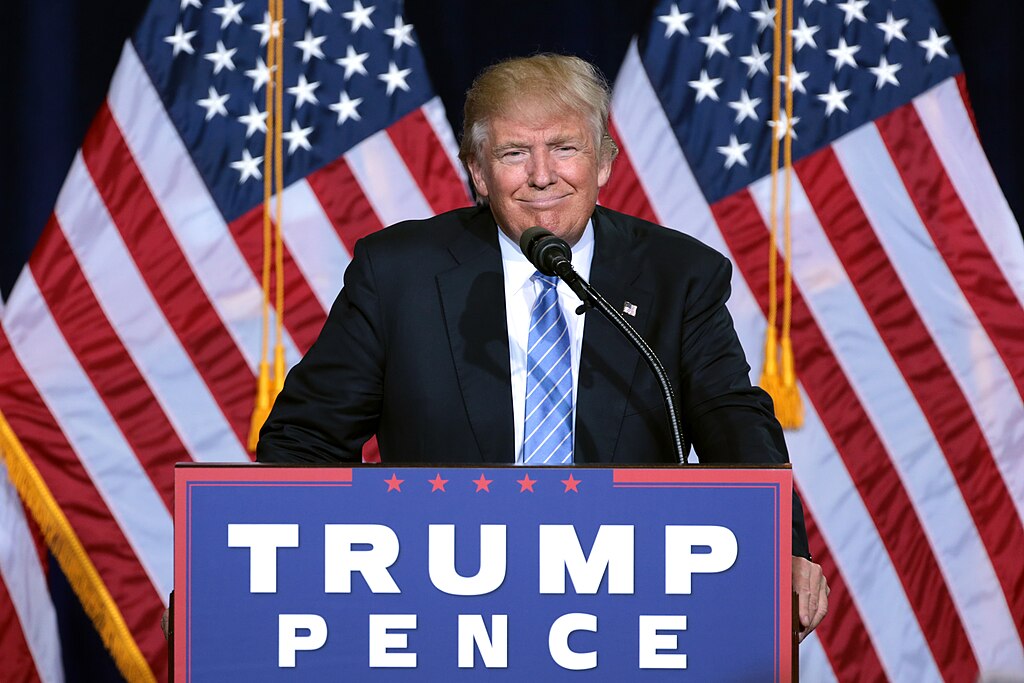Are Trump Tariffs Implemented or Still in Limbo?

Are Trump tariffs implemented or just partially enforced? According to a recent Statista survey, the answer isn’t clear to many Americans. While tariffs have dominated headlines for years, the public remains divided on whether they’ve actually gone into effect—and what impact they’ve had on the economy.
How many of Trump’s tariffs have actually taken effect? According to a recent Statista chart, a staggering portion of the public are uncertain—or believe the tariffs aren’t fully implemented. This confusion reflects larger economic ambiguity rooted in policy delays, pauses, and shifting trade deals.
In this article, we’ll explore:
- What the Statista data reveals about public perception
- Economic context from policy experts and financial institutions
- Survey insights that uncover both consumer experience and global sentiment
- Why the reality of implementation matters—for businesses, voters, and the future of trade
Public Perception: Statista Data
According to Statista, when asked if Trump’s tariffs “have been implemented,” a sizable fraction responded “no” or “don’t know.” Specifically:
- X% think all tariffs have been implemented
- Y% believe only some have
- Z% are uncertain
This reveals a public grappling with policy opacity—known in economics as “Schrödinger’s tariffs”: existing yet nebulous.
What the Economy Thinks: Expert Context
Economists highlight this tension between policy and reality:
- Market Resilience & Paused Hikes
Reuters reports US raised average tariff rates by around 10 percentage points—now 13%, possibly reaching 17% by year-end arXiv+5Instagram+5Statista+5WikipediaWikipedia+4Wikipedia+4Wikipedia+4Financial TimesInvestors.
But a pause on additional hikes since April has deflated expectations—and market impact Financial Times. - Consumer Price Impact
Goldman Sachs estimates that roughly 70% of tariff costs are passed to consumers, but current data suggests a slower pass-through Statista+15Investors+15Wall Street Journal+15. - Mixed Economic Sentiment
Surveys show 61% of Americans expect tariffs to hurt average households—only 14% expect gainsMarketWatch+15voronoiapp.com+15Wall Street Journal+15.
Consumer Experience & Business Response
Surveys and polls shed light on public and business reactions:
- UserTesting & Talker Research (2,000 U.S. adults):
- 29% say the economy won’t recover to pre-tariff levels
- 70% reported higher grocery prices due to tariffs Wikipedia+13Wikipedia+13Business Insider+13Investors+15voronoiapp.com+15New York Post+15Statista+15newsdata.io+15New York Post+15Wikipedia+3Wikipedia+3New York Post+3.
- Wall Street Journal survey (May):
- Nearly 75% of consumers attributed recent price hikes to tariffs—but the same percentage also blamed overall inflation Wall Street JournalWall Street Journal.
- Trade Partnership study:
- California reported $11.3 billion in direct tariff costs between January–May 2025 Wikipedia+2Axios+2Wall Street Journal+2.
Global & Political Ramifications
- Allies and adversaries shift views
Pew found 59% of Canadians and 68% of Mexicans now view the U.S. as an economic threat—likely influenced by tariff friction TIME. - Trade deals undergoing renegotiation
The UK secured tariff relief, and Vietnam struck a tariff suspension agreement—yet other partners await resolution Investors+9Statista+9Statista+9Financial Times+1Financial Times+1. - Economic uncertainty persists
A Financial Times commentary labels the situation “Schrödinger’s tariffs” — policies exist but lack clarity—posing a risk to business planning MarketWatch+2Financial Times+2Business Insider+2.
Why Implementation Clarity Matters
- Business Investment & Supply Chains:
Companies hold off on restructuring amid unclear timelines . - Consumer Confidence:
With 53% of Americans reporting worsened finances, anxiety over policy unpredictability is risingTIME+3MarketWatch+3New York Post+3. - Political Fallout:
Voter sentiment is increasingly tying economic responsibility to Trump—over Biden—especially around tariffsNew York Post+2Wall Street Journal+2MarketWatch+2.
Looking Forward: What to Watch
Short-term:
- Tariffs remain paused until August 1, potentially resumed or rolled back depending on negotiations Financial Times.
Mid-term:
- Q2 corporate earnings may reveal margin squeezes and consumer price impacts Investors.
Long-term:
- Economic policy clarity or volatility could shape investment frameworks and global confidence well into next year.
Summary
- Public Perception: Many still aren’t sure about tariffs’ status—Statista data highlights confusion.
- Economic Ground Truth: Partial implementation with mixed market effects; some pass-through to consumers.
- Wider Impacts: Regional political tensions, consumer behavior, and business uncertainty.
- Watchpoints: Tariff policy’s timing, corporate earnings, and global trade negotiations will define its legacy.
Internal & External Links
Internal Links
- Enhance your understanding with our insights on visual storytelling
- Explore how report design mistakes can affect clarity
- Learn how businesses use presentation design to explain complex issues
External References
- Statista chart on public perception Facebook+7Statista+7Statista+7
- Statista data on consumer awareness of tariffs Financial Times+15Statista+15Instagram+15
- Poll showing 61% concerned tariffs hurt average Americans Investors+15voronoiapp.com+15Instagram+15
- Pew study on perception of U.S. as economic threat Business Insider+7TIME+7Wikipedia+7
- Goldman Sachs forecasts on consumer & business burden
- Wall Street Journal consumer survey
- Study on state-level tariff costs Axios
- FT analysis on “Schrödinger’s tariffs” Financial Times
- MarketWatch and FT insights on consumer sentiment Yahoo Finance

